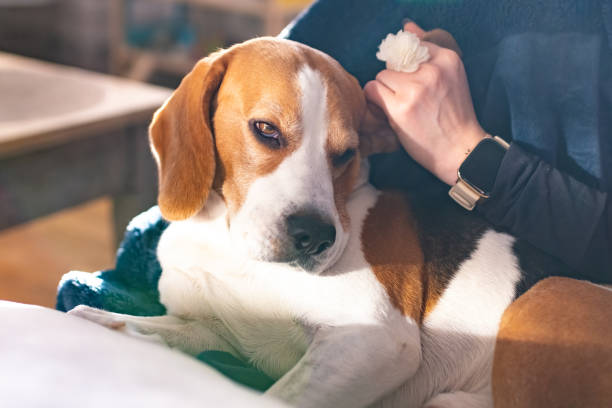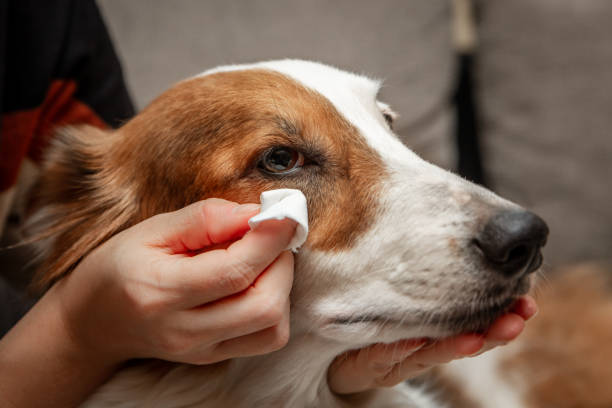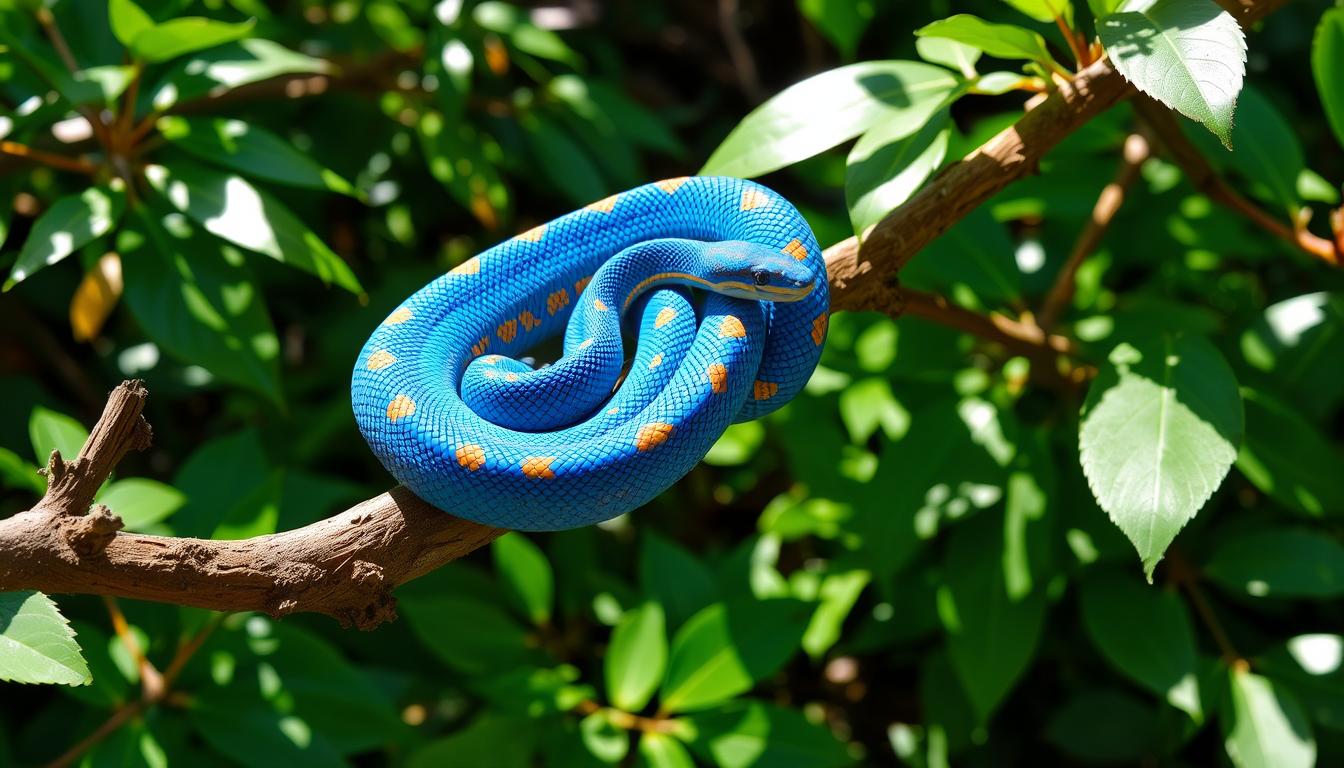The Ultimate Guide to Home Remedies for Dog Yeast Infections

Introduction: Understanding Dog Yeast Infections
Is your furry friend constantly scratching, biting, or licking certain areas of their body? It could be a yeast infection. These infections are common in dogs and often occur due to an overgrowth of yeast—a fungus naturally found on their skin and in their ears. While they’re typically not life-threatening, they can cause discomfort if left untreated.
The good news? There are several natural treatments to help your dog feel better without relying on harsh chemicals. Let’s dive into some effective home remedies and tips for canine care.

What Causes Yeast Infections in Dogs?
Yeast infections often result from an imbalance in the natural flora of your dog’s skin. Factors like allergies, excessive moisture, or a weakened immune system can contribute to this overgrowth.
Certain breeds, such as Cocker Spaniels and Bulldogs, are more prone to these infections because of their floppy ears and skin folds, which can trap moisture—a perfect environment for yeast to thrive.
Signs and Symptoms to Watch For
Not sure if your dog has a yeast infection? Here are some common signs:
Excessive itching and scratching: Particularly in the ears, paws, and skin folds.
Odor: Yeast infections often produce a distinct, musty smell.
Redness and inflammation: Especially in affected areas like ears or paws.
Discharge: A waxy buildup or discoloration in the ears.
Early detection is key to providing yeast infection relief for your pet.
Why Choose Home Remedies Over Conventional Treatments?
Conventional treatments often involve prescription medications, which can sometimes have side effects or be expensive. Home remedies offer a safer, more natural treatment option. They can also be easily incorporated into your routine, ensuring your pet gets the care they need without breaking the bank.
Top Home Remedies for Dog Yeast Infections
Apple Cider Vinegar Solution
Apple cider vinegar (ACV) is a popular home remedy thanks to its antifungal properties.
How to Use: Mix equal parts of ACV and water, and use a soft cloth to apply it to the affected areas. Avoid open wounds as it might sting.
Why It Works: ACV helps restore the skin’s natural pH balance, creating an environment where yeast can’t thrive.

Coconut Oil for Antifungal Relief
Coconut oil is another powerful antifungal solution.
How to Use: Apply a thin layer of virgin coconut oil to the infected areas.A teaspoon mixed into your dog’s food can provide additional internal benefits.
Why It Works: Coconut oil contains lauric acid, which fights fungi and soothes irritated skin.
The Role of Diet in Managing Dog Yeast Infections
Foods to Include
A balanced diet can make a huge difference.
Probiotic-rich foods: Like plain yogurt or kefir, help maintain healthy gut flora.
Lean proteins: Chicken or turkey to support your dog’s immune system.
Foods to Avoid
Certain foods can worsen yeast infections.
Carbohydrate-heavy meals: Yeast feeds on sugar, so avoid starchy foods.
Processed dog treats: These often contain hidden sugars.
Essential Oils as a Natural Treatment
Tea Tree Oil
Tea tree oil is an effective antifungal agent but should always be diluted.
How to Use: Mix a few drops with a carrier oil like coconut oil before applying to your dog’s skin.
Precautions: Avoid ingestion as it can be toxic if consumed.
Lavender Oil
Lavender oil can soothe irritated skin while fighting off yeast.
How to Use: Add a drop to your dog’s shampoo for a calming, antifungal bath.
Dog Grooming Tips for Yeast Infection Prevention
Bathing Practices
Regular baths using antifungal shampoos can keep infections at bay. Look for shampoos with ingredients like ketoconazole or chlorhexidine.
Ear Cleaning Tips
Use a veterinarian-approved ear cleaner to clean your dog’s ears once a week.
Always dry them thoroughly afterward to prevent moisture buildup.
When to Consult a Veterinarian
While home remedies are effective, there are times when professional help is necessary. If your dog’s symptoms worsen or persist despite treatment, consult your vet. Chronic infections could indicate an underlying health issue.
Conclusion: Caring for Your Canine’s Health
Your dog’s health is in your hands, and tackling yeast infections doesn’t have to be complicated. By combining natural treatments with preventive measures, you can ensure your furry friend stays happy and itch-free.
FAQs
1. Can I use vinegar alone for my dog’s yeast infection?
It’s best to dilute vinegar with water to avoid irritation. Use a 1:1 ratio for optimal results.
How frequently should I use coconut oil on my dog’s skin?
Once or twice daily should suffice, depending on the severity of the infection.
3. Are there any risks with essential oils?
Yes, essential oils should always be diluted.Speak with your veterinarian beforehand to guarantee safe usage.
4. Can diet alone cure a yeast infection?
While diet helps manage yeast infections, it’s not a standalone cure. Combine it with other remedies for best results.
5. How long does it take for home remedies to show results?
You may notice improvements within a week, but it could take longer for severe cases.



